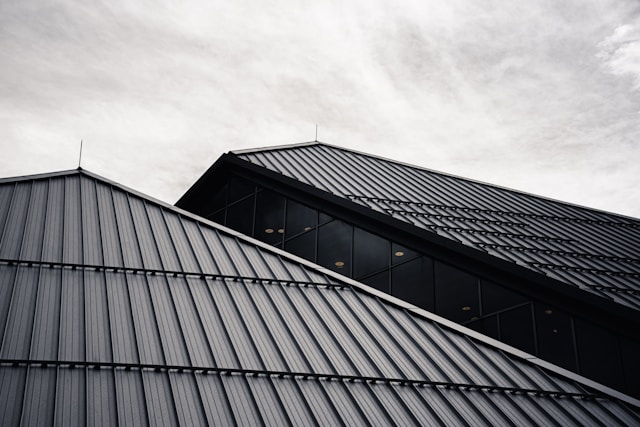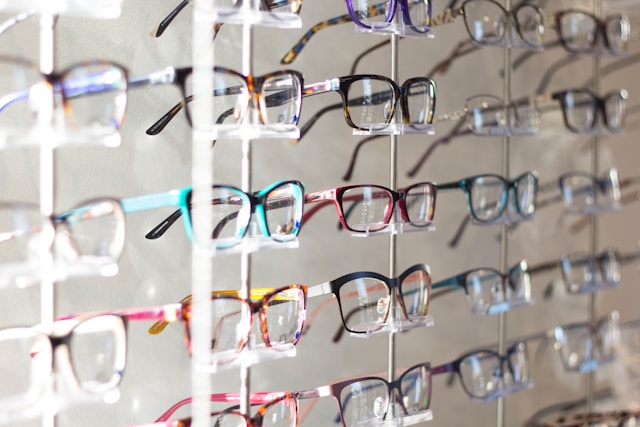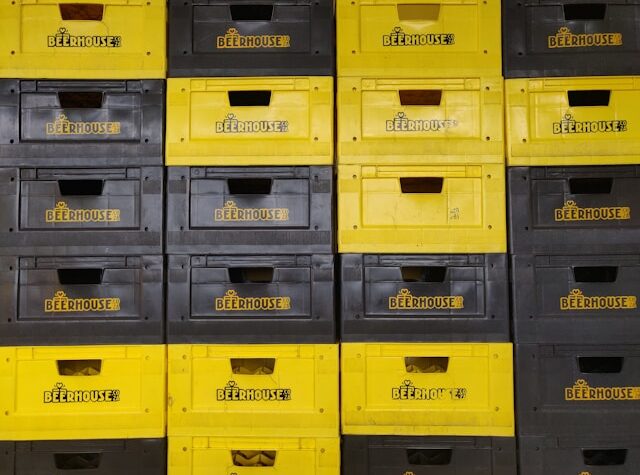
Table of Contents:
- The Importance of Choosing the Right Roofing Material
- Common Roofing Materials and Their Life Expectancies
- Protective Measures to Extend Roof Lifespan
- Innovations in Roofing Materials and Techniques
Key Takeaways
- The life expectancy of roofing materials is a critical aspect of commercial construction.
- Maintenance is paramount in preserving a roof’s integrity over time.
- Innovation and sustainability are influencing the evolution of roofing materials.
The Importance of Choosing the Right Roofing Material
Identifying the appropriate roofing material is pivotal for commercial structures, as the roof is the primary barrier against environmental factors. The selection process often requires in-depth knowledge of the materials’ properties and an understanding of the building’s usage demands. Consulting with established commercial flat roofing contractors St. Louis County, MO, presents an opportunity to receive expert advice and ensure a choice that balances cost with longevity and performance.
Durability, cost-effectiveness, and sustainability are the cornerstones of suitable roofing materials. Considering these factors in concert is essential to achieve a roofing solution that stands the test of time. A well-chosen roof will provide immediate shelter and long-term financial and environmental benefits, signifying its critical role in the building envelope.
Common Roofing Materials and Their Life Expectancies
There is a considerable array of commercial roofing materials, each with a distinct lifespan and set of advantages. EPDM rubber roofing has a 30-year lifespan and is renowned for its resilience to harsh weather. Conversely, when correctly maintained, metal roofing can protect a building for over 50 years and is esteemed for its robustness and minimal maintenance requirements.
However, life expectancies of roofing materials are not absolute and hinge greatly on external factors. The climate dictates a roof’s enduring nature it’s exposed to, the excellence of its installation, and the regularity and thoroughness of maintenance performed. With diligent upkeep, a roof’s lifespan can surpass common expectations, serving as a long-term asset for the establishment it covers.
Protective Measures to Extend Roof Lifespan
Protective strategies are a significant aspect of roofing upkeep and can extend the service life of roofing materials. Applying reflective coatings and implementing effective drainage systems reduce wear from weather extremes and standing water, which are notorious for accelerating material degradation. These proactive steps can forestall the necessity for substantial repairs or complete replacement, representing prudent management of roofing assets.
Restorative actions such as sealing leaks, replacing worn components, and clearing debris can uphold a roof’s integrity as part of a regular maintenance protocol. By addressing minor issues promptly, businesses can avoid more severe complications that often culminate in inexpensive, large-scale interventions that could otherwise disrupt operational continuity.
Innovations in Roofing Materials and Techniques
The commercial roofing industry is resistant to innovation; novel materials and improved roofing techniques are emerging with promises of enhanced performance and environmental stewardship. These innovations often cater to the growing demand for energy-efficient and sustainable building practices, offering roofs that are not just shelters but also active ecological assets.
Significant strides in material science and design have led to the creation of roofing systems that are more resistant to environmental challenges and age better over time. The insights provided by ScienceDaily’s research on recent developments in roofing materials suggest that the industry is on the cusp of a new era where roofs could last even longer and perform better while contributing to a building’s overall energy efficiency.





More Stories
Understanding Personal Injury Law: A Comprehensive Guide to Your Legal Rights and Obligations
Eyes on the Future: Cutting-Edge Trends Shaping Eye Care
The Precision and Efficiency of Modern Injection Molding Techniques